41 internal squid anatomy diagram
Step 5: The Main Organs. There are a lot of small organs inside the squid, a great diagram of which can be found here. In (1), we find the testes (large white sacks) since this one is a boy. In lady squid, you'll find a huge number of eggs (up to 700) which is pretty durn cool, and can be pulled out. Nov 13, 2021 · Lobsters, squid, octopus, shrimp, tuna, oysters and countless other seafood delicacies come directly from the oceans. Approximately half of the human population lives in coastal areas and a billion people rely on seafood for their daily protein requirements. There is an emerging sector known as blue or marine biotechnology that uses the oceanic ...
Squid are invertebrates in the phylum Molluska, a group that includes snails, . Draw and label the external parts of the squid: arms, tentacles (have suckers. of the body organs such as heart, stomach and gills. Squid have a large bulb in on the internal anatomy squid diagram and label it. 10) Look and try to find the. Squid Dissection Worksheet.

Internal squid anatomy diagram
Start studying Internal Squid Anatomy. Learn vocabulary, terms, and more with flashcards, games, and other study tools. (© Chip Clark/Smithsonian Institution) No matter their size, all sharks have similar anatomy. Like other(a subclass of animals that also includes rays and skates)... After water flows into a shark’s mouth as it swims, it closes its mouth, forcing the water over its internal gills. The gills extract oxygen from the seawater... Whole mitochondrial genome of the Ram’s Horn Squid shines light on the phylogenetic position of the monotypic order Spirulida (Haeckel, 1896). Molecular Phylognetics and Evolution, 109:296-301. Teichert, C. 1988. Main features of cephalopod evolution. p. 11-79. In: (Clarke, M. R. and E. R. Truman, eds.) The Mollusca, 12...
Internal squid anatomy diagram. Squid Dissection: From Pen to Ink Through squid dissection, students will examine some of the unique features which have allowed squid to adapt and thrive in Southern California waters and throughout the world. This beginning dissection lesson will allow students to identify internal and external anatomy of the squid and Dissection of Internal Anatomy Mantle Cavity: Reorient the squid on your plate so squid's ventral side (funnel side) is facing up. Students will cut using scissors down the middle of the squid's mantle starting from the funnel. Students must be careful they cut the mantle External and internal anatomy of a squid (Loligo sp.). Phylum Mollusca, Class Cephalopoda. Both male and female anatomy are examined. Female digestive, cardi... It houses all of the internal organs. 5. Locate and label the pen. ... Locate and label the eyes on the external squid anatomy diagram. Squid have big eyes.
Dissection of Internal Anatomy (optional) • Mantle Cavity: Reorient the squid on your plate so squid's ventral side (funnel side) is facing up. Students will cut using scissors down the middle of the squid's mantle starting from the funnel. Students must be careful they cut the mantle and not the underlying organs. Squid are cephalopods in the superorder Decapodiformes with elongated bodies, large eyes, eight arms and two tentacles.Like all other cephalopods, squid have a distinct head, bilateral symmetry, and a mantle.They are mainly soft-bodied, like octopuses, but have a small internal skeleton in the form of a rod-like gladius or pen, made of chitin.. Squid diverged from other … Squid Dissection. The squid dissection program is designed to be a 50-minute lab-based exercise for 4-12 grade students. It examines the external and internal morphology of the California market squid. Students will learn about the classification of mollusks then work in pairs, following the directions of their marine educator, to ... There are about 400 species of squid, all of which are marine and are ... the funnel (near the head) and separate the mantle from the internal organs.
BlankRefer - create an anonymous link The skeleton is internal, and in all the vertebrates, there is not only a backbone but also a skull, or cranium, to enclose and to protect the brain. In higher... Vertebrae develop from segments of tissue called somites, which form, one after another, in a head-to-tail sequence in the embryo (diagram a, Figure 19e). They bud... This lesson will focus on the external and internal anatomy of a squid. You are to 'digitally disect' a squid in order to learn about their anatomy and physiology. At the end of the digital dissection label the picture of a squid on the printed pages to demonstrate your knowledge. We aspire to extend empathy to every being that warrants moral concern, including animals. And while many experts, government agencies, and advocacy groups agree that some animals live lives worthy of moral concern,1 there seems to be little agreement on which animals warrant moral concern.2 Hence, to inform our long-term... Research & Ideas Focus Areas Giving About Us Blog Get Involved Home 2017 Report on Consciousness and Moral...
Apr 29, 2019 ... Teachers should try the lessons, considering which parts are most ... Individual squid vary internally, and their relative maturity ...
The head and foot of the squid . Diagram labeling siphon, intestine, nidamental gland, accessory nidamental gland, renal pore,. Ventral view of the viscera of. Enjoy the squid dissection without the squid or the smell. Guide and make a sketch of the external anatomy and label the internal anatomy of the squid.bulb in on the internal anatomy ...
Squid Anatomy Diagram . Squid Anatomy Diagram . Squid - Internal Features (Male) siphon (cut) Ink sac gill heart r vena cava gonad (testis) penis -kidney caecum siphon retractor muscle . Squid - Internal Features (Female) ink sac siphon land ovary sto ac caecu posterior cava nida pen accessory nidamental gland siphon retractor muscle . Author ...
Part 2: Internal Anatomy of the Squid. Scissors are the best tool to open the squid's body cavity. You can easily raise the mantle just where the water jet is located and cut to the anterior end of the squid (toward the fins). The photo below shows the mantle of the squid cut, but has not been pinned.
Internal Fish Anatomy and the Function of Fish Organ Systems. Living things are composed of cells. Cells often become specialized to perform certain functions. For example, muscle cells contract, nerve cells transmit impulses, and gland cells produce chemicals. A tissue is a group of similar cells performing a similar function (Fig. 4.48).
We are pleased to provide you with the picture named Squid internal organs diagram. We hope this picture Squid internal organs diagram can help you study and research. for more anatomy content please follow us and visit our website: www.anatomynote.com. Anatomynote.com found Squid internal organs diagram from plenty of anatomical pictures on the internet. We think this is the most useful anatomy picture that you need.
Start studying internal squid anatomy. Learn vocabulary, terms, and more with flashcards, games, and other study tools.
Fish Eyes While water is a better medium for the transmission of sound than air, it is a much worse medium for the transmission of light. Basically, water absorbs light. This means that the further a ray of light travels through water, the weaker or more attenuated it becomes. While we who live in the […]
Scarface C-Detty Official Music Video. Squid Internal Anatomy Diagram Lab Sheet Squid Dissection regarding Squid Internal Anatomy Diagram. Diagram Squid Internal Anatomy Diagram pertaining to Squid Internal Anatomy Diagram. Cephalopods inside Squid Internal Anatomy Diagram. Lab Sheet Squid Dissection throughout Squid Internal Anatomy Diagram.
in squid neurons. Furthermore, purified axoplasm exhibits adenosine-to-inosine activity and can... the squid giant axon than in its cell bodies. These results indicate that within a neuron RNA editing can recode... The common market squid, for example, recodes about two-thirds of its neural messages by this mechanism and... We use cookies to enhance your experience on our website. By clicking 'continue' or by continuing to use our...

Our bodies are vulnerable and require loving care— and because our lives are unique, our bodies are truly entitled to this care. — Menschen Museum, Berlin
Source publication Anatomy of the eye of the sperm whale (Physeter macrocephalus L.) Article Full-text available Jan 2003 P. Bjergager S. Heegard Jakob Tougaard... The general anatomy corresponded well with previous reports on other cetacean species, as well as previous reports on the sperm whale eye. The sperm whale eye does... View Functional anatomy of the ocular circulatory... The posterior sclera was thick, causing the internal...
Internal to the layer of chromatophore organs in the skin squid possess light-reflecting cells (iridophores) (). There has been very little work on these cells. Most of the studies have focused on morphological (;;) and physiological (;;) aspects of squid iridophores. Here, we show that the squidand possess distinct stripes of...
Start studying Squid Internal Male Anatomy (Labeled). Learn vocabulary, terms, and more with flashcards, games, and other study tools.
External Anatomy Of A Squid. In this image, you will find Fin, mantle, chromatophores, eye, arm, suction cups, the tentacle in it. Anatomy note Youtube Channel, Please Subscribe to support. Anatomy note Odysee Channel, Please Subscribe to Support. We are pleased to provide you with the picture named External Anatomy Of A Squid.
C) Class Cephalopoda, fresh-frozen squid Part A: External Anatomy. Examine a fresh-frozen squid, which was thawed out earlier today. Unlike other mollusks, the shell of squids is not external but rather is internal (and much reduced in size). A tough, muscularized mantle completely surrounds the animal (Figure 4).
Dec 19, 2018 · Squid Dissection: Internal Anatomy On the diagram below label the: Ink sac, gills, gill hearts, systemic heart, kidney, esophagus, digestive gland, intestine, anus, funnel retrac-tor muscles, and gonad (label as ovary or teste). State the function of each. Ink sac: Produces ink for protection. Funnel Retractor Muscle: Steers during jet propul-sion.
Squid Dissection: Internal Anatomy On the diagram below label the: Ink sac, gills, gill hearts, systemic heart, kidney, esophagus, digestive gland, intestine, anus, funnel retrac-tor muscles, and gonad (label as ovary or teste). Fins: At the tail (posterior) end of the squid students will notice the two fins on the mantle.
This beginning dissection lesson will allow students to identify internal and external anatomy of the squid and. Squid Dissection Lab. The tentacles long and arms short are attached to the head of the squid. One side is darker then the other. A 19-page dissection guide that covers the internal and external anatomy of the squid.
bulb in on the internal anatomy squid diagram and label it . 10) Look and try to find the beak. The beak is hard and is a dark brownish color. Draw the beak in on the internal anatomy squid diagram and label it . If there is time we will zoom in on it under the camera. 11) Now, lay your squid ventral side up (lighter side). Locate the collar .

A morning hike at Runyon Canyon in LA. Athletes come to work the hills and enjoy the views…best place to be when the sun rises
External Anatomy The main part of the body containing all the organs is called the mantle. The mantle is covered in pigment cells called chromatophores. The squid can change color rapidly and use this to camouflage themselves, attract mates, and to communicate with each other. The squid has two fins, on the mantle near the pointed end
all the parts function together to allow the squid to survive and thrive in its ... outline of the "Internal Squid" and Chart #3, draw an outline of the ...
THE SQUID, LOLIGO VULGARIS BY W. JOHNSON, P. D. SODEN AND E. R. TRUEMAN Department of Mechanical... 0 internal diameter of empty sphere (or cylinder) F component of gravity force acting in direction of thrust G... the anatomy of the mantle, the mechanical properties of the mantle material and its response to stimulation. Not...
Survival Guide for Anatomy & Physiology. Because lion’s mane jellyfish is one of the largest in the world, it makes sense that these creatures, although made up of 95% water, can weigh up to 200 pounds. Human beings, for example, maintain a stable internal body temperature. 4 kph (9 mph). African lions have tan-colored fur on their body.
Schematic diagram of the application of magnetic fields in lithium-based batteries (including LIBs, Li-S batteries, Li-O 2 batteries) and the five main mechanisms involved. In this review, the authors focus on the recent advancements in mechanistic insights, research progress, potential applications and prospects for using a magnetic field in ...
Squid ; Heart Anatomy - Virtual Dissection ... Phase 2 involves the cutting of the heart so that the internal chambers and valves can be viewed. When you first receive your heart, rinse it and massage the muscle tissue to loosen it and make it easier to work with. ... Heart Anatomy on Quizlet (diagram)
The Hawaiian bobtail squid,, is amenable to metabolomic studies of symbiosis because the host can be reared with or without its species-specific symbiont,. In addition, unlike many invertebrates, the host squid has a... The association between the Hawaiian bobtail squid and the bioluminescent bacterium occurs within a dedicated...
9. Open the "flaps" of the mantle and lay them out on the tray. The internal organs will now be exposed. Remember to label the various parts you see on the diagram provided at the back of this packet. 10. Use the Squid Anatomy Diagram to help you identify and label the internal structures as you proceed through the dissection. 11.
Vampire Squid Only a single living species is known in the Vampyromorpha. Containing group: Octopodiformes Introduction Vampyroteuthis infernalis is the only species known in the Vampyroteuthidae. The vampire squid is... , chromatophore organs), however, are present on the vampire squid in the large, posterior photophores.... The Vampire Squid. Authored by Richard E. Young. The... The Vampire Squid. Version 26 March 2019. http...
The Anatomy of a Minimal Mind Vincent Joseph Torley Submitted in total fulfilment of the requirements of... Perhaps the most crucial condition is that the animal possess an internal “minimal map" by which it... In the end, I conclude that many insects and spiders, as well as octopuses and squid, and of course fish, qualify as...
Squid Dissection. Last updated: Jun 2, 2019 ... External Anatomy: Find each of the parts. Locate the water jet. ... Internal Anatomy of the Squid ...
Label the spider's external anatomy diagram. Answers: Spider Printouts Printouts and information on spiders. ... Sponge Internal Anatomy: Label Me! Printout Label the cross-section of a sponge and the flow of water through it. ... The squid is a fast-swimming invertebrate with ten arms. Squid Label Me! Printout
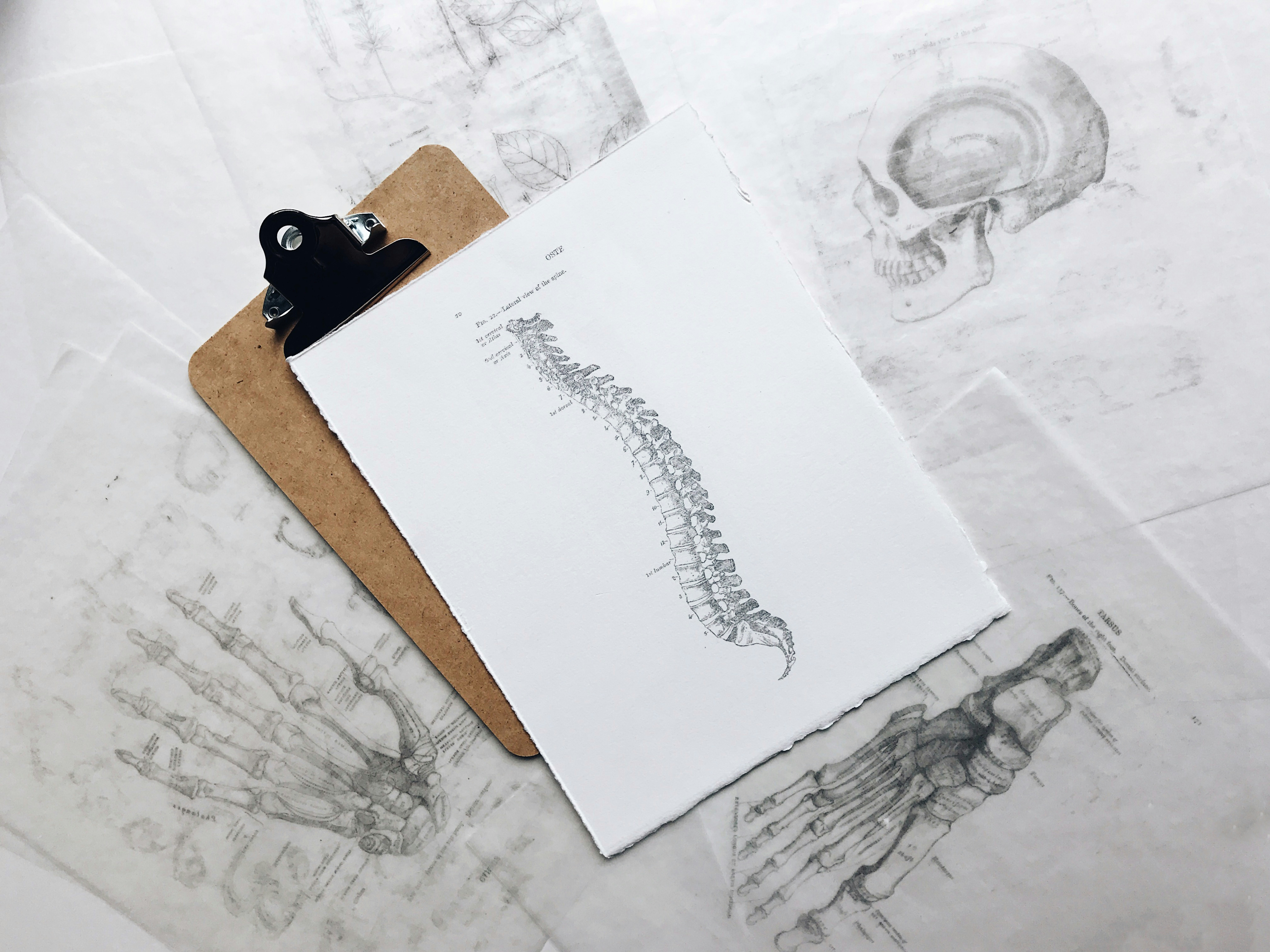
I was feeling some Halloween spirit in studio today after I found some of my old wax transfers of medical drawings! The diagrams are from the Grey’s Anatomy medical book. Happy Halloween!
Label the spider's external anatomy diagram. Label the external anatomy of a sponge and the flow of water through it. Label the cross-section of a sponge and the flow of water through it. Label the squid external anatomy diagram. Label the turkey diagram on this printout. Label the woolly mammoth diagram on this printout.
Squid Dissection 3 Squid Drawing: Kids can label the blank squid diagram below with the listed vocabulary words. 1. Label the squid diagram with the following words: - Fin - Eye - Tentacle - Club - Arm - Mouth - Siphon - Mantle - Head Squid Analogy Poems: Write poems or riddles that compare parts of a squid to parts of another animal.
ADVERTISEMENTS: In this article we will discuss about the structure of Squid (Loligo) with the help of a diagram. 1. It is a marine mollusc commonly called squid. 2. Body is long, slender, pigmented and tapering behind. ADVERTISEMENTS: 3. A fin is present along its postero-lateral edges. 4. The shell is internal, feather-like and membranous. […]
Cephalopods (squid, cuttlefish and octopus) are probably best known for their ability to change color and... Cephalopods (squid, cuttlefish, octopus) can produce a variety of body patterns for camouflage and signaling... For example, squid generally have two distinct layers in their skin: (i) superficially located...
ventral anatomy without further work than the collecting, but the wish has never been fulfilled. In the... ventral anatomy intact. The collector's first inkling that such were present in the Utica formation came to... ventral anatomy. Finally some 500 specimens worthy of detailed preparation were left, and on about 50 of these...
The feasibility of MRI studies to reveal soft tissue characteristics of invertebrates was demonstrated by studies on crabs [12, 13], squid [14], crayfish [15, 16]... To achieve better resolved images of the complex internal anatomy of sea urchins, the application of higher magnetic field strengths was proposed [32]. However...
Fish anatomy is the study of the form or morphology of fish.It can be contrasted with fish physiology, which is the study of how the component parts of fish function together in the living fish. In practice, fish anatomy and fish physiology complement each other, the former dealing with the structure of a fish, its organs or component parts and how they are put together, such …
Dec 28, 2018 ... Draw the buccal bulb in on the internal anatomy squid diagram and label it. Look and try to find the beak. The beak is hard and is a dark ...
The suction cups help the squid to hoid onto food 9) Hoid your squld like a flower, let the arms lay back so you can see the mouth. bulb in on the internal anatomy squid diagram and label it. internal anatomy squid diagram and label it.
Whole mitochondrial genome of the Ram’s Horn Squid shines light on the phylogenetic position of the monotypic order Spirulida (Haeckel, 1896). Molecular Phylognetics and Evolution, 109:296-301. Teichert, C. 1988. Main features of cephalopod evolution. p. 11-79. In: (Clarke, M. R. and E. R. Truman, eds.) The Mollusca, 12...
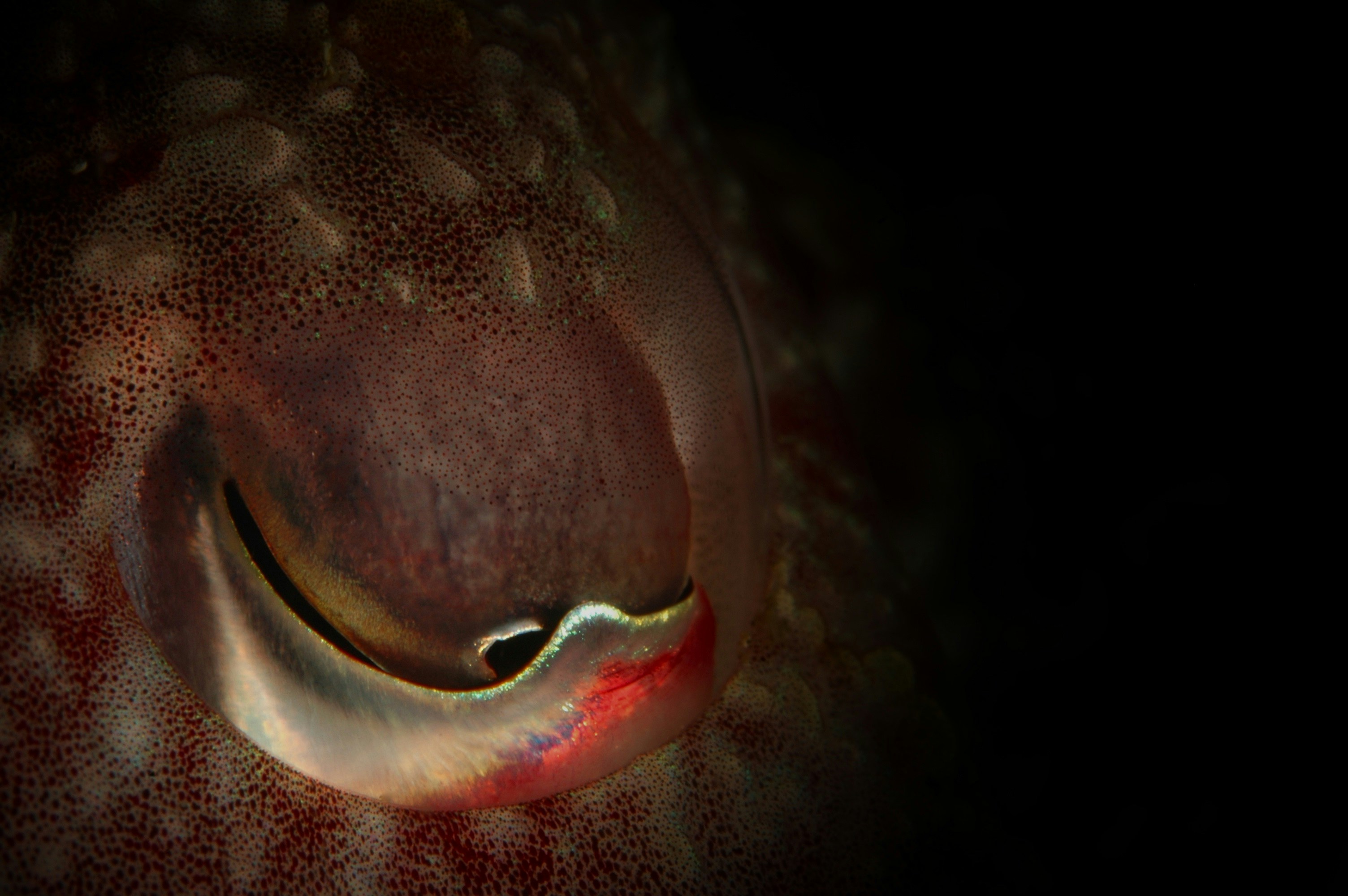
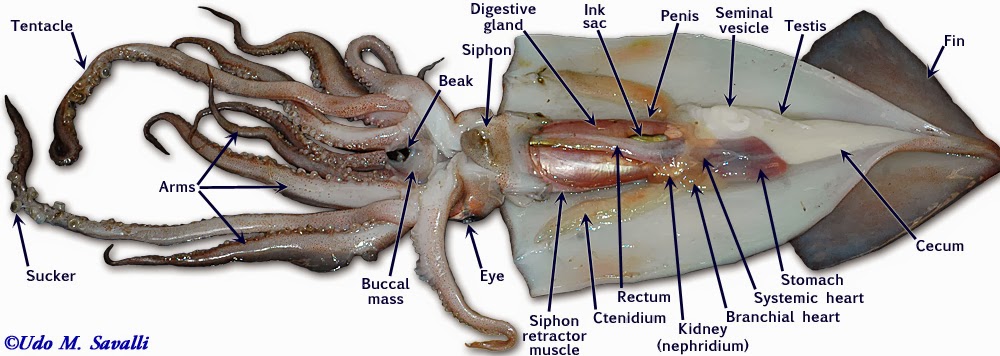





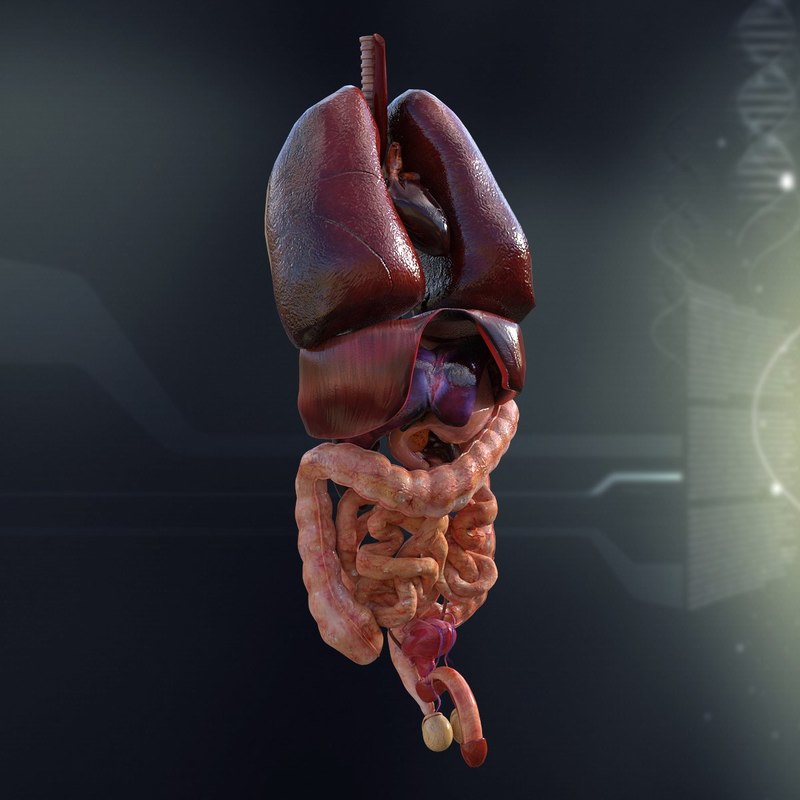


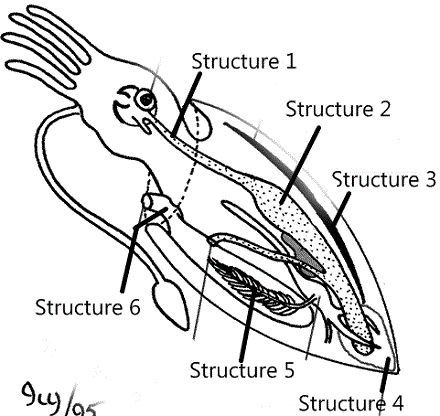





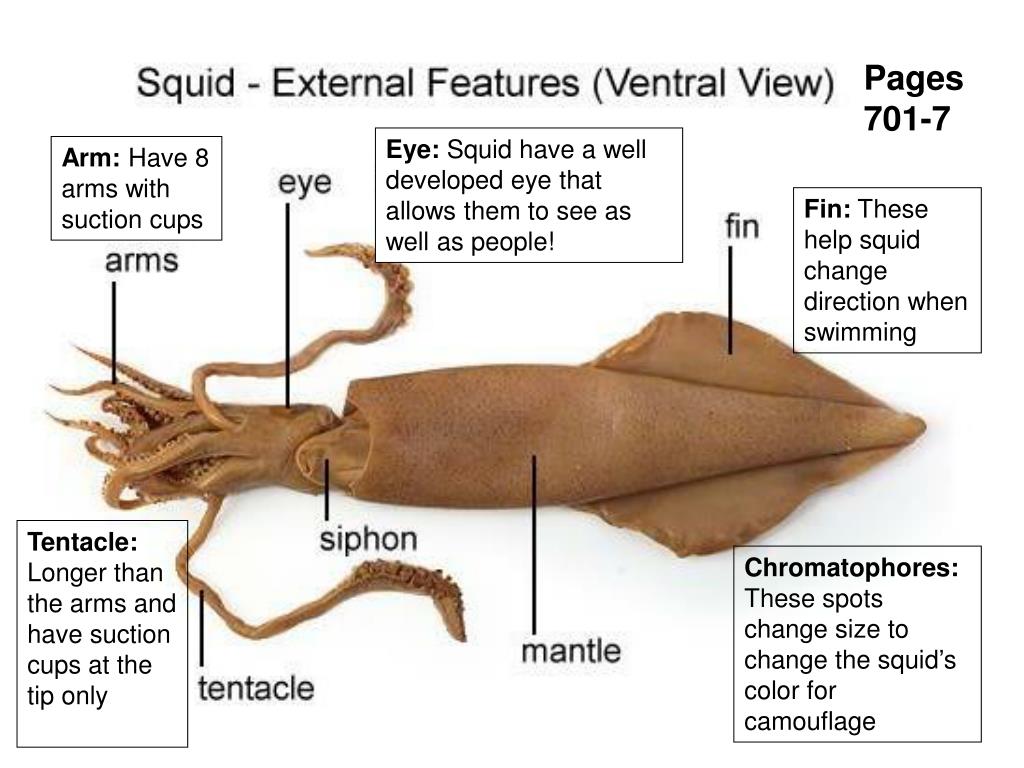

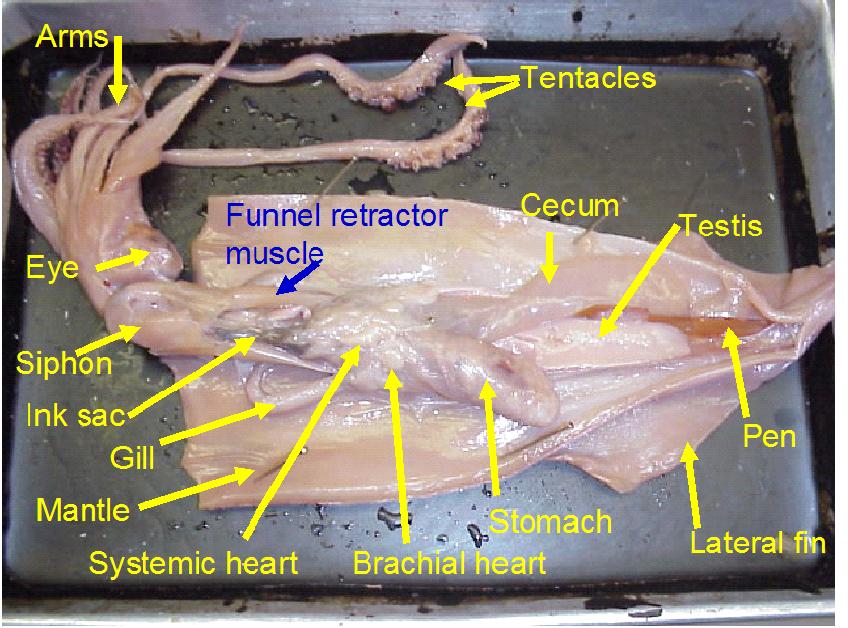


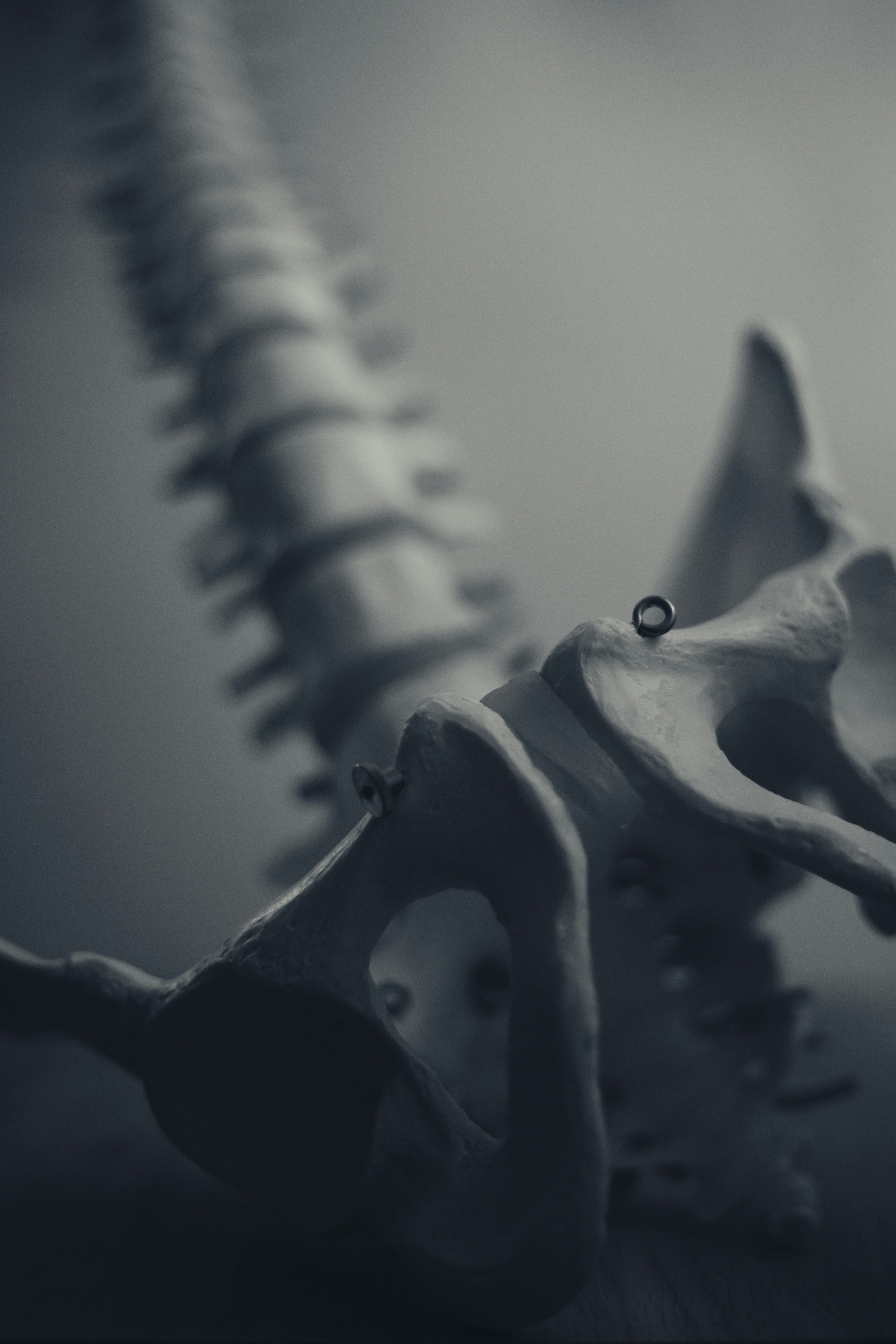

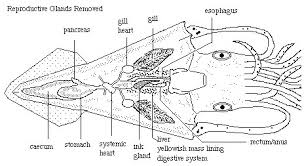
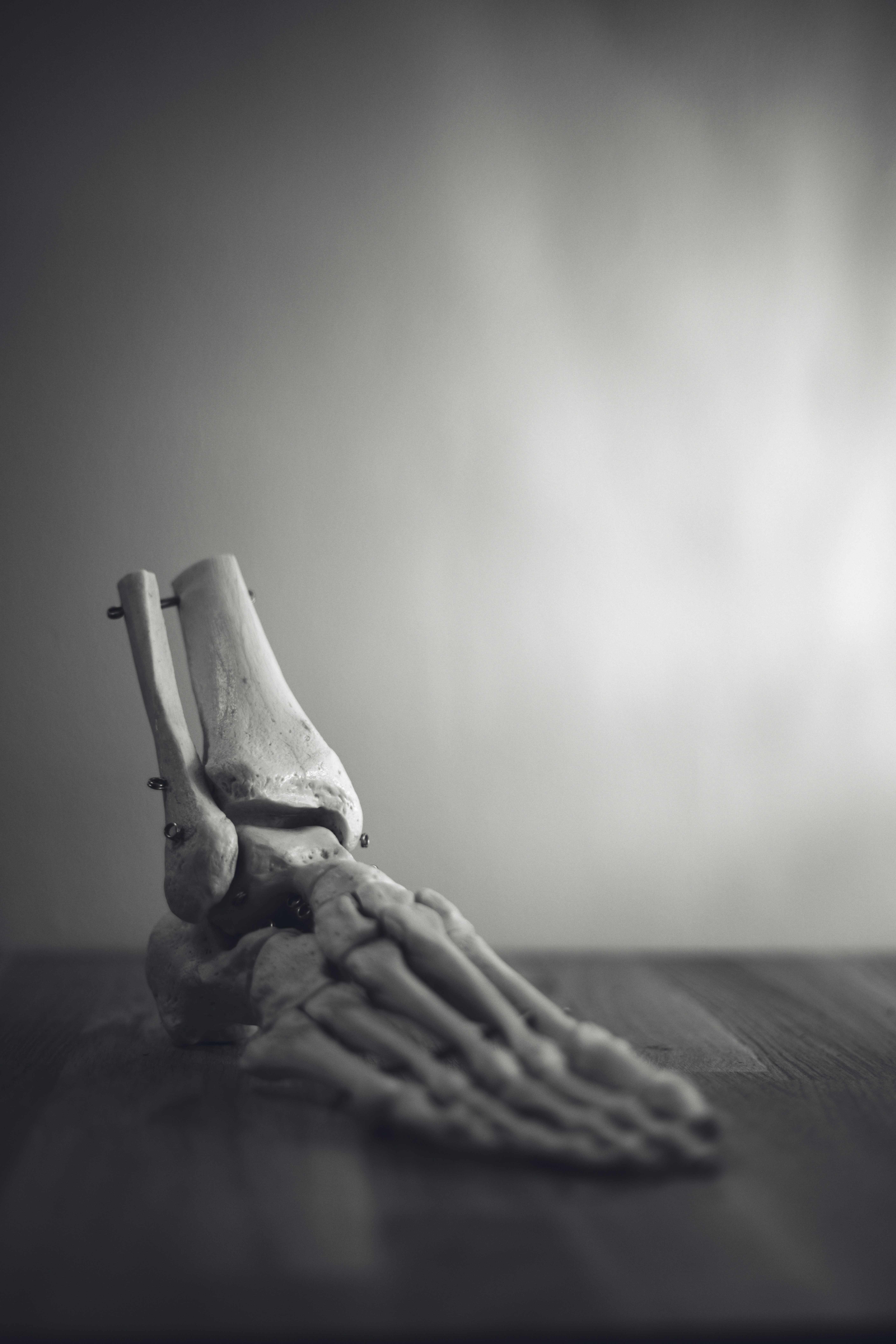



Comments
Post a Comment